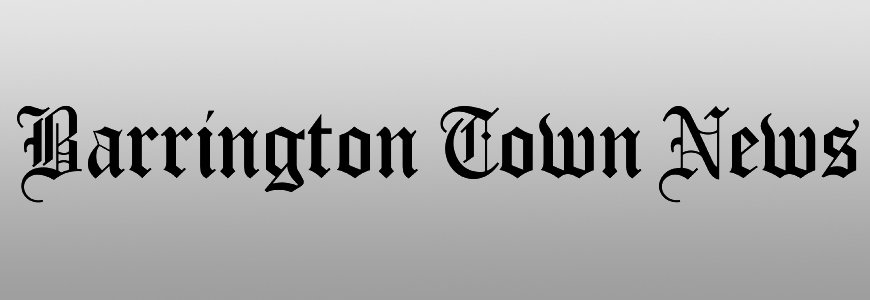As a business analyst and mentor, my job is to help other business owners navigate change in the face of adversity and challenges in their business. With over 30 years of experience in both the public and private sectors, on the ground deck and in management – I have seen a variety of issues and challenges in how businesses operate. In this way, I am uniquely qualified to offer a sound perspective on how businesses can adapt and respond to social distancing, as well as overuse and underuse of their businesses. For many “non-essential” business owners there is a quite rational fear that once the doors are closed, a business may not re-open.
We have heard in the national media that a few major chain restaurants (such as The Cheesecake Factory and Subway) have said they “cannot pay the rent” for all their business. As a small to a mid-size business owner, the first thought is “If it happened to them, what am I going to do?”. Some simple analysis can remove fear.
Initially, we need to evaluate the state of the corporations that are “at-risk”. I would argue that there are a couple of different corporate strategies at play in their statements – because if you logically think about it with hundreds of locations across the United States, did every single one of their restaurants did not have any profit in the past two months? Did those businesses not have any working capital at play or in reserve to cover any emergencies? Or, are they just looking for a bailout – so management can walk away with their paychecks intact? Were they unable to come up with alternate delivery methods of their product? Subway, for example, does not rely on in house seating – they’ve always been a pick-up-and-go model, including a great online ordering system – so why were they so impacted when other, smaller businesses have had to make changes to web sites and communications to provide the same services, and are now still open and providing great quality customer service?
Corporate strategies and tactics aside, one powerful way to adapt a business is to incorporate technology as a sound technique to decrease costs while improving efficiencies. Even when new technologies may not be the way to go - with a creative problem-solving mind at work, often cost-saving measures can be implemented without lay-offs. This can be accomplished through a variety of ways – through “LEAN” processing, or business process reengineering for example. The key point is evaluating WHY something is done the way it is, and WHAT the result really needs to be. Working with the result in mind, and removing unnecessary constraints allows businesses to rapidly change HOW things are done and can often increase productivity while retaining workers.
Many of the creative models that we have seen in the restaurant industry and grocery stores during this time have included “pick up at the door”, “take and bake”, and “contact-less delivery”. The ability to order ahead and pay ahead online have reduced the amount of human contact required. Online ordering can also help with workforce planning, given enough lead time to know how many products need to be created for the upcoming week. These options have always been available, but they weren’t embraced because change can seem to be difficult unless there is a radical reason to change.
Shifting gears about how and when items are delivered can radically improve the odds of an establishment remaining open during this time. Communicating through a variety of means, friends, advertising, Facebook, Websites, and news media can help send the message that a business is still “Open for Business”. Answering the phone, responding to emails, quick road signs and simple signs in the windows are all effective means of communicating that a business is responsive and capable to fulfill the demand signal.
Other success stories are companies that are repurposing their production lines to fulfill the current shortage of personal protective equipment or other shortages. A temporary shift in production can carry a business through, and build up a wealth of good Public Relations at the same time.
If your business is struggling to remain open currently, reach out to business planners and other experts to help you remain creative and responsive. Sometimes the solution is at your fingertips, other times it takes some open-mindedness to shift gears, but you only fail when you give up.

